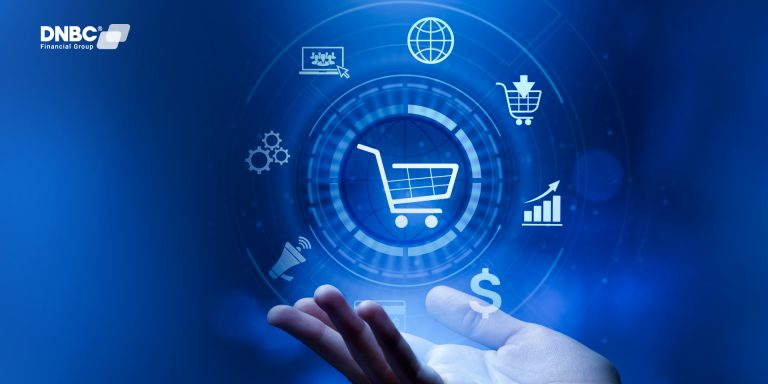Peer-to-peer (P2P) payments have revolutionized the way we transact money. This payment method has gained tremendous popularity in recent years and for good reason. P2P payments offer a convenient, fast, and secure way to transfer money between individuals without the need for cash or checks. In this article, we’ll discuss what peer-to-peer payments are and how they work.

What are Peer-to-Peer Payments?
Peer-to-peer payments, also known as person-to-person payments, are digital transactions between two individuals. These payments are typically facilitated by a mobile payment app or online platforms, such as PayPal, Venmo, or Cash App. P2P payments allow users to send and receive money directly from their bank account or credit/debit card, without the need for cash or checks.
How Do Peer-to-Peer Payments Work?
The user creates a digital wallet
The first step in making a P2P payment is to create a digital wallet. This is done by signing up for a P2P payment platform such as PayPal, Venmo, or Cash App. Users will need to provide their personal information, such as their name, address, and bank account information.
Link bank account or credit card to the digital wallet
Once the digital wallet is set up, users can link their bank account or credit card to the wallet. This allows users to transfer money directly from their bank account or credit card to another user’s bank account or credit card.
Enter payment information
To make a P2P payment, users need to enter the payment information, including the recipient’s name and the amount they wish to transfer. The payment can be initiated through a mobile app, website, or even via text message.
Transaction is processed
Once the payment information is entered, the P2P payment platform will verify the payment details and initiate the transaction. The payment is usually completed in real time, meaning that the funds are available in the recipient’s account within minutes.
Funds are transferred
The final step is the transfer of funds. The P2P payment platform will transfer the funds from the user’s bank account or credit card to the recipient’s bank account or credit card. The recipient will receive a notification that the funds are available in their account.
Benefits and Drawbacks of Peer-to-peer Payments
Benefits:
- Convenience: P2P payments are incredibly convenient, allowing users to quickly and easily transfer money from one account to another without having to visit a bank or ATM.
- Security: P2P payment platforms typically use advanced encryption and other security measures to protect users’ personal and financial information.
- Speed: P2P payments are typically processed quickly, with funds available in the recipient’s account within minutes.
- Accessibility: P2P payment platforms are accessible to anyone with a bank account or credit card, regardless of their location or financial status.
Drawbacks:
- Limited acceptance: Not all merchants or individuals accept P2P payments, which can be a drawback for users who rely on these payments as their primary method of transferring money.
- Fraud risks: P2P payments can be vulnerable to fraud, as scammers may use fake accounts or other methods to trick users into transferring money to them.
- Transfer limits: Some P2P payment platforms may have transfer limits, which can be inconvenient for users who need to transfer large sums of money.
- Transaction fees: In case peer-to-peer payments fail to find a suitable recipient for your transfer request, it will buy the currency from the interbank markets, but this will result in a higher transaction cost.
- Customer support: P2P payment platforms may not offer the same level of customer support as traditional banks, which can be frustrating for users who encounter issues with their transactions.
Meet DNBC Financial Group – An ideal choice when transferring money
If you are seeking an alternative to Peer-to-peer payments, you may want to consider DNBC Financial Group’s services as we offer many advantages. DNBC Financial Group offers a modern digital banking platform that enables you to send and receive payments and keep your money in various currencies at a low cost with favorable conversion rates .
Our services come with several benefits, such as being entirely virtual, meaning you can access them from anywhere at any time.
Additionally, we offer low exchange rates and enable you to send and receive money from and to 170 countries and territories. For any queries or issues that may arise, we are willing to support you 24/7.
To register DNBC Financial Group’s accounts, you can go to their website and complete the application form, which will require you to provide the documents we require.
About DNBC Financial Group
DNBC Financial Group aims to make global financial transactions easier. We concentrate on minimizing the expenses of international shipping and spending, collecting payments from foreign clients, transferring funds between our global branches, and lowering the risk related to currency variations. By adhering to this objective, we have been able to broaden our range of services quickly and help people and companies worldwide.
DNBC Financial Group is your trusted provider in international money transfer
- Get 100% free 1-on-1 support
- 100% free account opening
- Seamless onboarding process
Or please contact DNBC
Email: [email protected]
Phone Number:
- +65 6572 8885 (Office)
- +1 604 227 7007 (Hotline Canada)
- +65 8442 3474 (WhatsApp)


 DNBC Team
DNBC Team






